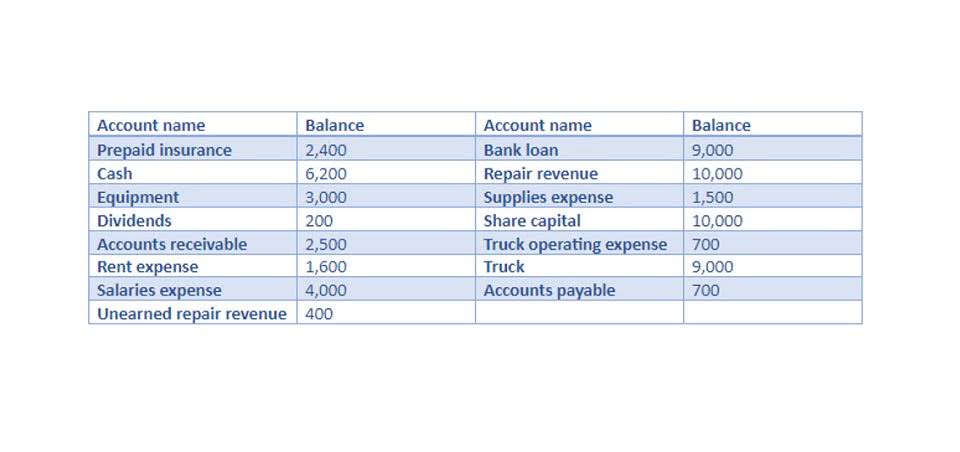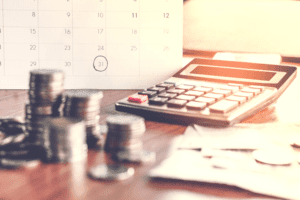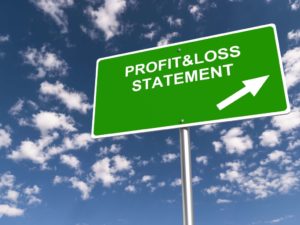
The most commonly used depreciation methods include straight-line depreciation, double declining balance, and units of production. Accumulated depreciation is the total depreciation recognized on an asset since its purchase. Unlike depreciation expense, which represents the depreciation for a single accounting period (typically a year), accumulated depreciation is a running total that adds up over the asset’s lifespan.
- When a depreciable asset is sold (as opposed to traded-in or exchanged for another asset), a gain or loss on the sale is likely.
- Accumulated depreciation is a contra-asset account that reduces the value of an asset over time.
- It represents the decrease in the value of an asset due to wear and tear, obsolescence, or any other factors that reduce its usefulness.
- Instead of expending the entire cost of a fixed asset in the year that it was purchased, the asset is depreciated, allowing the spread out of the cost so revenue can be earned from the asset.
- Therefore, the carrying amount it will be the value derived after deducting the accumulated amount from the cost.
- Unlike depreciation expense, which represents the depreciation for a single accounting period (typically a year), accumulated depreciation is a running total that adds up over the asset’s lifespan.
How to Calculate Accumulated Depreciation?
By understanding how it works, businesses can accurately report asset values, comply with accounting standards, and make informed decisions about asset maintenance, replacement, and disposal. While depreciation is recorded as an expense on the income statement, it doesn’t involve an outflow of cash. By spreading an asset’s cost over multiple years, accumulated depreciation prevents a sudden financial burden, leading to a more stable income statement. To calculate accumulated depreciation using the straight-line method, you’ll first need to calculate the depreciation for every year of the asset’s usable lifetime. You accumulated depreciation meaning do this by subtracting the salvage value, or residual value, from the original purchase price and then dividing the amount by the estimated time the asset will be in service. To calculate accumulated depreciation, you’ll need to add all the depreciation amounts for each year to date.
Running Total Method

The inventory of a manufacturer should report the cost of its raw materials, work-in-process, and finished goods. The cost of inventory should include all costs necessary to acquire the items and to get them ready for sale. When a depreciable asset is sold (as opposed to traded-in or exchanged for another asset), a gain or loss on the sale is likely. However, before computing the contra asset account gain or loss, it is necessary to record the asset’s depreciation right up to the moment of the sale. For instance, if an asset’s estimated useful life is 10 years, the straight-line rate of depreciation is 10% (100% divided by 10 years) per year.

Original Cost approach

Likewise, the net book value of the equipment is $2,000 at the end of the third year. The book value of an asset is https://www.bookstime.com/ the amount of cost in its asset account less the accumulated depreciation applicable to the asset. The book value of an asset is also referred to as the carrying value of the asset.
How does accumulated depreciation affect tax reporting?

That means the asset’s book value is now $50,000 (cost less accumulated depreciation), not its original cost. Since depreciation is defined as the allocation of an asset’s cost based on the estimated useful life, the book value of the asset is not an indication of the asset’s market value. For example, a building in an excellent location may be increasing in value even though the accumulated depreciation is increasing and therefore the book value is decreasing. An asset’s accumulated depreciation is subtracted from the asset’s cost to indicate the asset’s book value.
